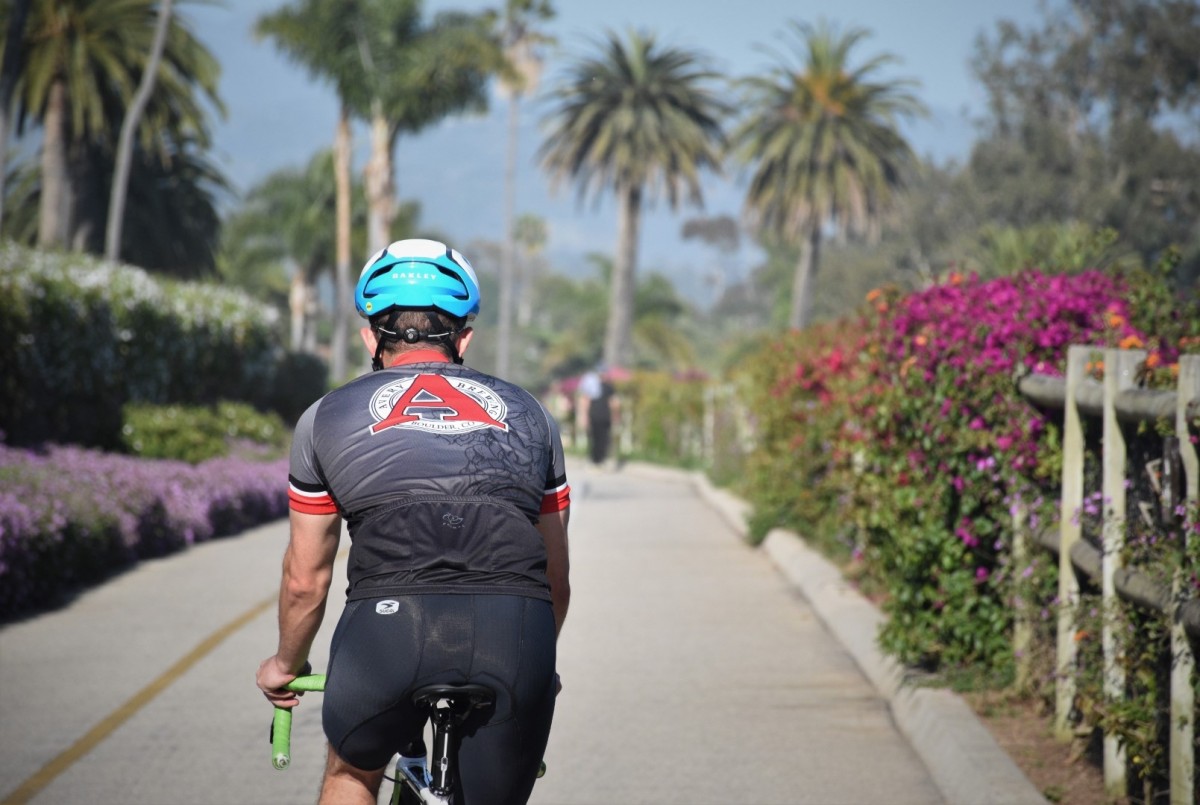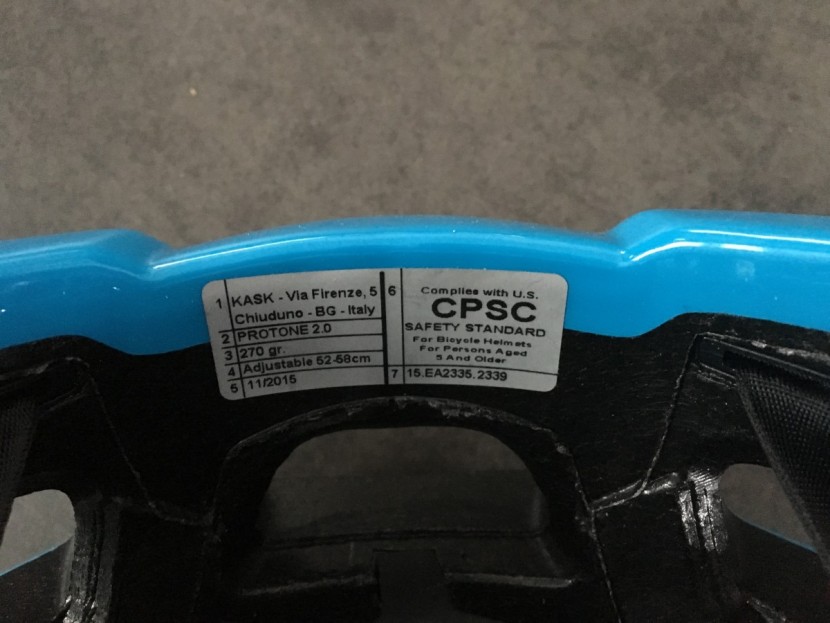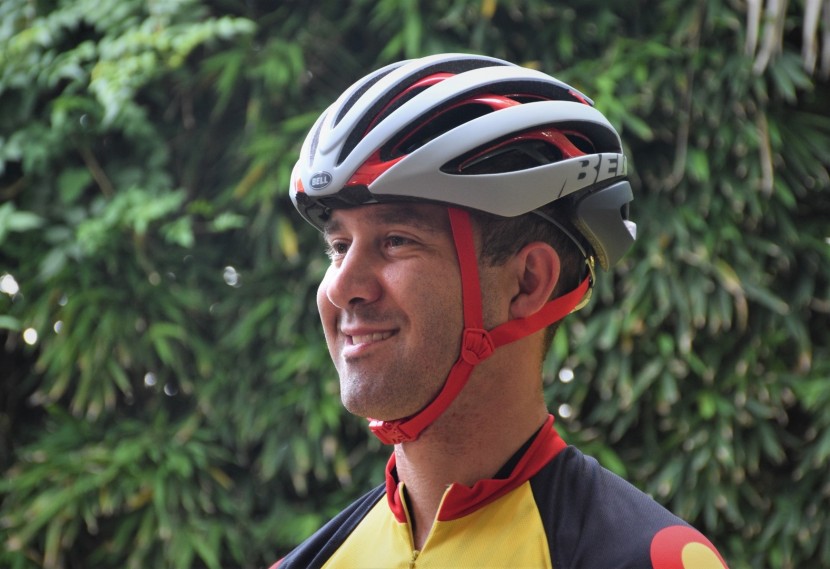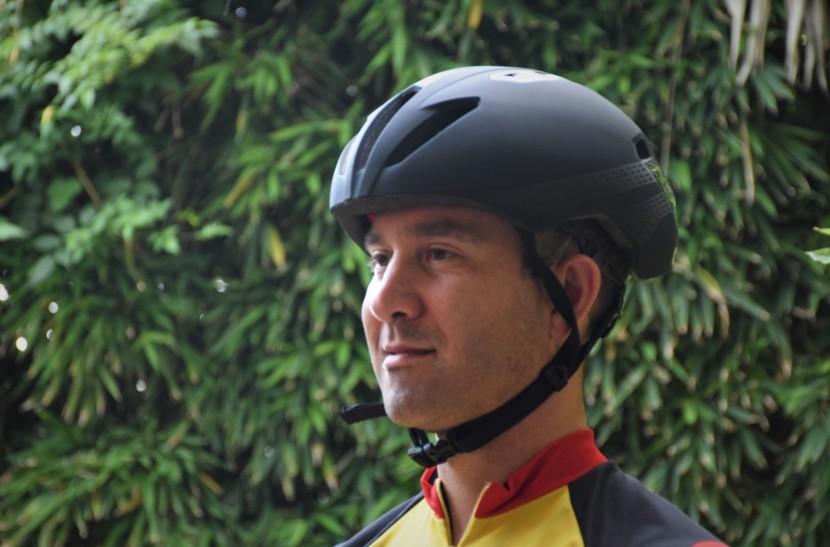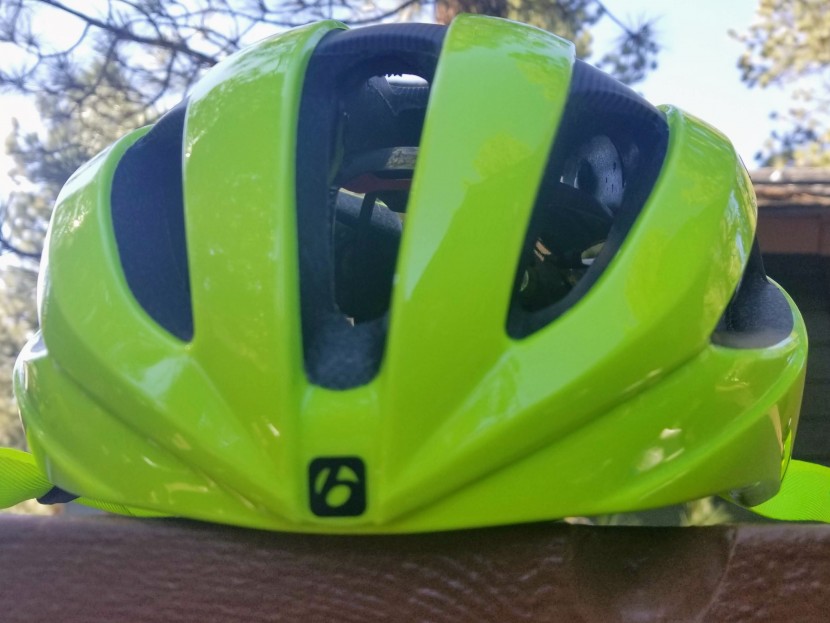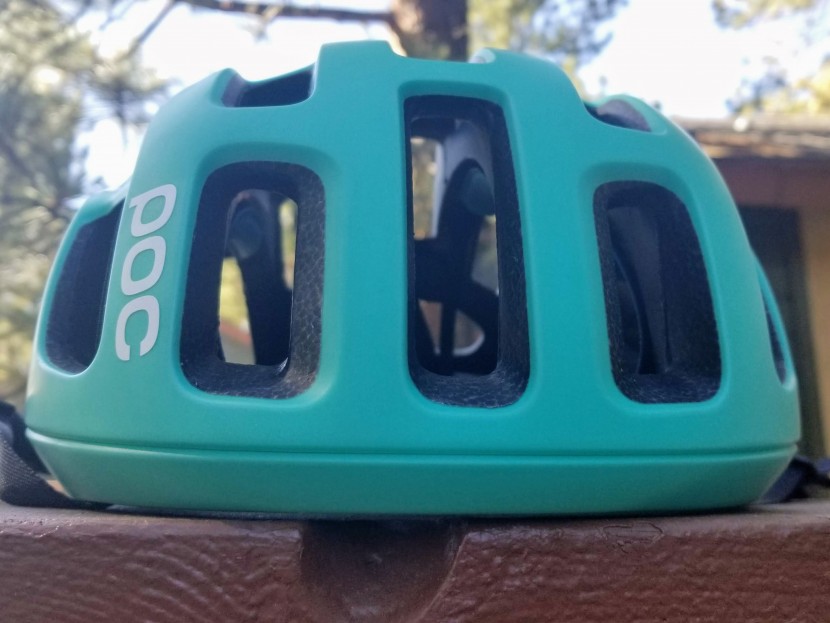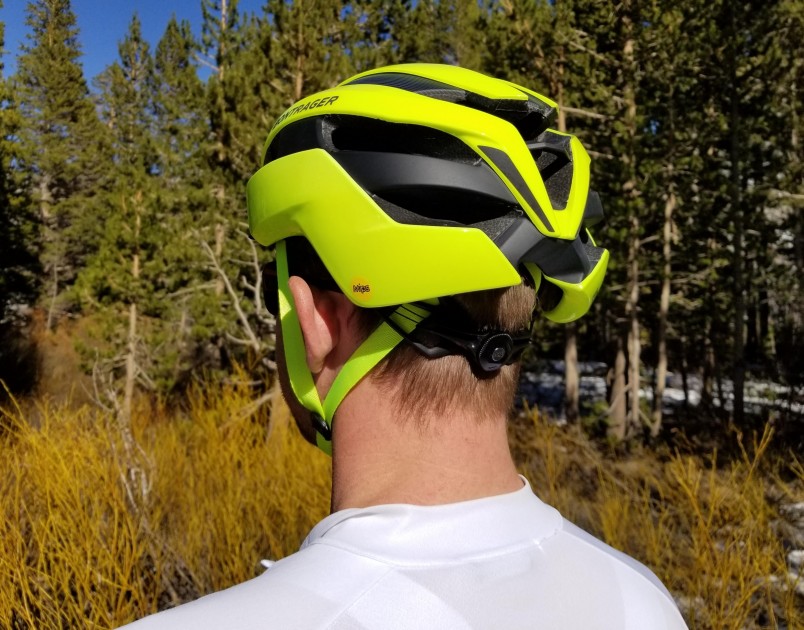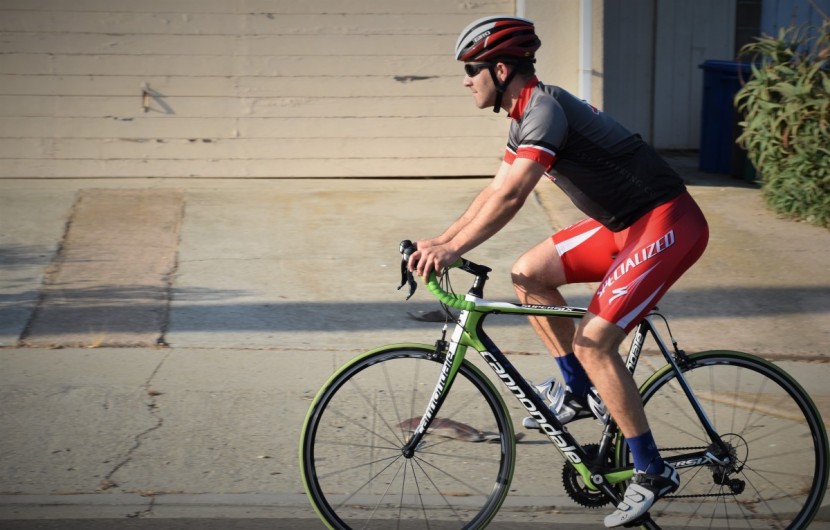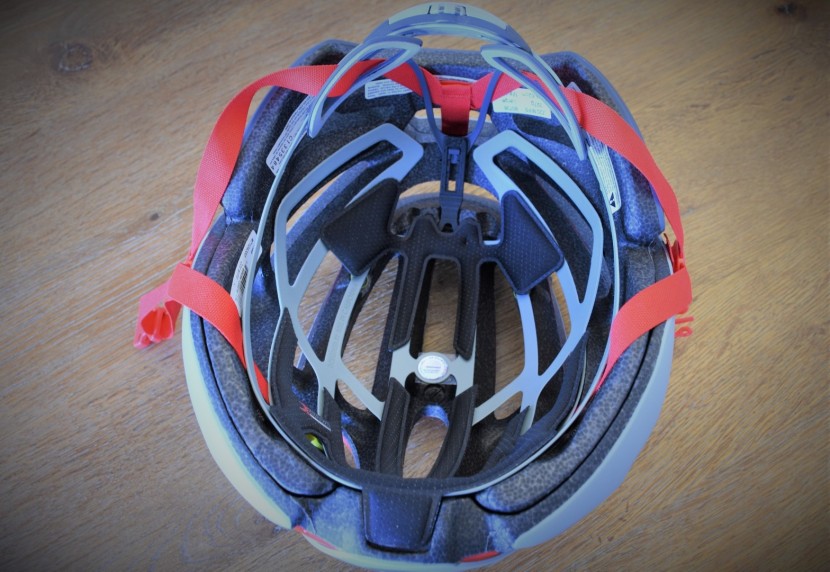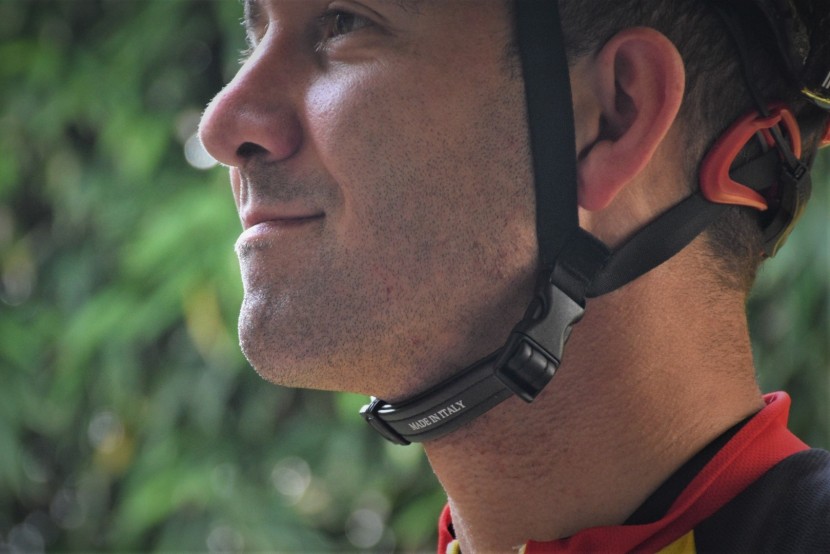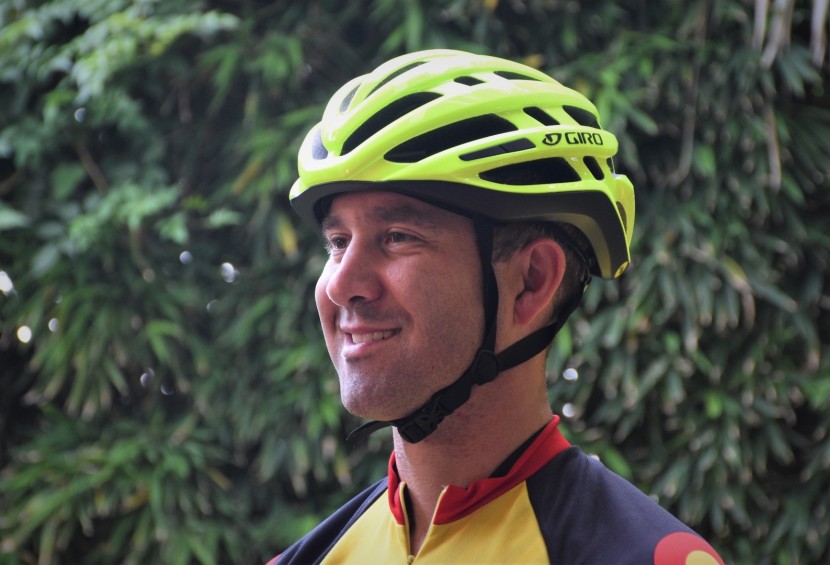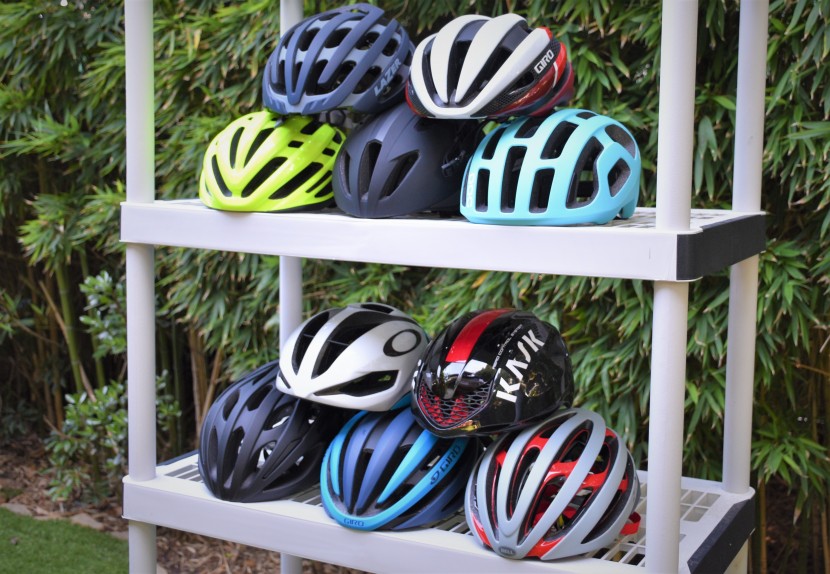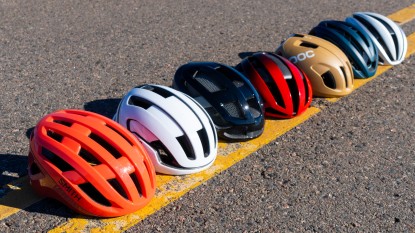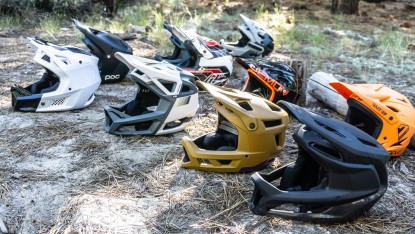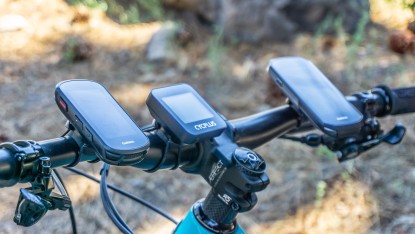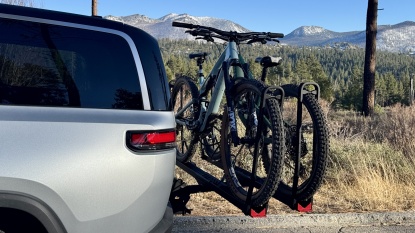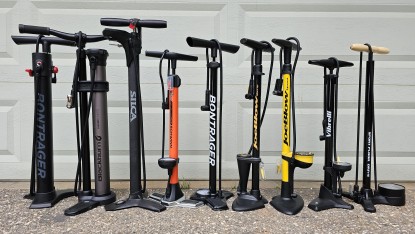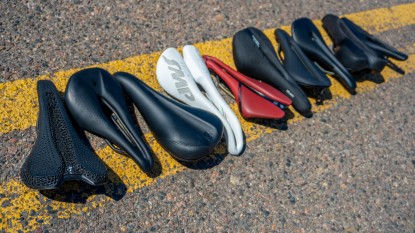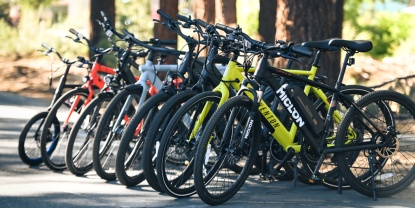Choosing a new road bike helmet can be difficult and confusing. Most manufacturers in today's marketplace offer three somewhat distinct types of road helmets: fully vented traditional, aerodynamic, and the newer semi-aero design. In addition, the price range for a road helmet can range from under $100 to over $300. Every company uses a slew of acronyms to describe a wide range of features and technology on their helmets, and of course, they all claim to have the best product. So if you're not sure what to look for, don't worry; we'll help you break things down.
Helmet Safety
All bike helmets sold in the United States must meet the same safety standards, meaning that the $300 helmet is not necessarily safer than the $100 model. Many brands have also adopted Mips (Multi-directional Impact Protection System) liners and use them in their products from the bottom of the range to the top. Mips is a slip-plane technology that claims to reduce the effects of rotational forces during an impact. Does it work? Maybe. Mips, of course, claims it does, and almost every helmet on today's market includes some type of Mips liner. We think it is worth the additional cost and slight weight increase for the potential that it could provide additional safety benefits. Expect more research in the coming years on Mips.
Safety Standards
In the United States, bicycle helmets must meet standards set forth by the Consumer Product Safety Commission (CPSC). These standards test a helmet's ability to reduce forces when dropped from a specified height and address the retention strength of the strap system. The basic standards are fairly minimal and do not address impacts from multiple angles or repeated impacts that are possible in a bike crash. Some helmet manufacturers also certify with the SNELL Foundation, a non-profit organization that tests helmets and whose standards are similar to those of the CPSC. Manufacturers pay SNELL for testing and the right to display the SNELL label on their helmets.
SNELL not only does initial lab testing on the helmets for certification but also goes out and purchases helmets from retailers and tests them. The CPSC does not monitor or test following their initial certification. The primary advantage to the consumer of a SNELL-certified helmet is that the SNELL certification ensures that manufacturers have a high-quality control procedure in place that assures that helmets found in retail establishments continue to meet the initial certification standard over a longer timeframe.
In Europe, helmets must meet a different and arguably less stringent benchmark known as the CEN standard. Some manufacturers that sell helmets in both the USA and Europe will offer two different versions. You will notice that the CEN-certified helmets are often lighter in weight, as they can manufacture the helmet using less EPS foam and still meet the requirements.
Mips Liners
Mips is a safety feature added to most cycling helmets and has gained a huge foothold in the cycling helmet industry in recent years. Most manufacturers offer at least one helmet with Mips, and many offer Mips as an option in nearly every helmet they make. Mips stands for Multidirectional Impact Protection System. Essentially, Mips is a thin plastic liner that sits against the head - low friction material is attached to the inside of the EPS foam in the helmet, and rubber anchors hold the Mips shell in place. Mips technology is designed to allow the helmet to move independently of the Mips liner to redirect energy from a crash and reduce the likely hood of brain injury. Does it work? If you read the papers that Mips displays on their website, then yes. However, it should be noted that there is controversy over the research showing the effectiveness of Mips. Not all players in the helmet world are in agreement.
Much of the controversy has to do with the way Mips is designed to work and how it actually works in the real world. For Mips to work, the contact with the head must be tight, and the Mips liner should only contact the EPS shell where the low friction material is attached. Mips naysayers argue that helmets are not worn tightly enough by most consumers for Mips to work, nor is there any standard on how tight a Mips helmet needs to be to work. If you look closely at many Mips-equipped helmets, you will see that the Mips liner clearly contacts the EPS shell in places that are not lined with the low friction material, which in theory would limit the effectiveness of the product. The bottom line is that the scientific research regarding Mips is ongoing. The effectiveness of the product depends on proper fit and good design collaboration between Mips and the helmet manufacturer.
Despite the lack of solid evidence on the effectiveness of Mips, we still recommend that you choose a helmet with Mips if it is offered in the model you want. The weight penalty of a Mips liner is only between 20-30 grams depending on the model, with an average price increase of $20-$30. Today, more and more helmets are only available with a Mips liner. We feel that these are acceptable price and weight increases for the potential to decrease the severity or occurrence of a head injury. We would not necessarily recommend replacing your existing helmet just to get a Mips version, but if you are in the market for a replacement, choosing a Mips helmet is not a bad idea.
For more information on helmet safety, we recommend this non-profit for independent, non-industry funded information.
Types of Road Bike Helmets
This article specifically addresses helmets that are designed primarily for road biking. If you are looking for a mountain bike-specific helmet, check out our mountain bike helmet review. If you need a helmet specifically for cross-country mountain bike racing, you may choose to use a road helmet; most of the pros do since they're typically lighter and more aerodynamic.
Recessed Internal Venting
This is a newer design we saw in the Editor's Choice Trek Velocis Mips. The protection of the helmet sits further from the skull and allows air to pass over the top of the head for a maximal cooling and drying effect. If you ride on hot days or pursue steep climbs, this helmet will suit your needs well. These helmets depend less on vent count and more on the channeled air to remove heat and perspiration.
Fully Vented Traditional
This is the classic road bike helmet and probably the image that pops into your head when you think of a bike helmet. These helmets prioritize low weight and good ventilation above all other factors. Good ventilation is understandably a priority for most riders. Choose one of these helmets if you frequently find yourself on long rides or in a warm climate. If you are a racer and consider yourself a climbing specialist, then this is also probably the best type of helmet for you.
Some of our favorite models in this category that stand out for their impressive balance of comfort, ventilation, and high-end features are our Top Pick Bell Z20 Mips and our Top Pick for Great Ventilation, the Lazer Z1 Mips.
Aero Road Bike Helmets
These helmets prioritize aerodynamics above all other factors, and in general, tend to be heavier and not as well-ventilated. Choose an aerodynamic helmet if you regularly participate in flat road races or individual time trials. Reliable data on actual savings in terms of power (watts) is hard to come by, but we have seen estimates in the area of 8 watts in the 25-30 mph speed range. Yes, aerodynamic helmets are potentially faster, but the testing is done at speeds that pro riders typically race at. Expect the energy savings to decrease as riding speed decreases.
We recommend that you only purchase an aerodynamic helmet if you already own another more ventilated model for general riding. The aero helmet should not be your only lid. Another group that seems to be fond of aero helmets is cyclocross racers. This has little to do with increased aerodynamic efficiency, though — cyclocross racing happens in the winter, and it is often cold. The limited ventilation provided by aero helmets can become a positive attribute when the temperature drops, and a little more protection and insulation are appreciated.
Helmets with a pronounced aerodynamic shape have long been used for cycling time trials. In recent years, helmets designed for road riding and racing with aerodynamic profiles and smooth outer shells have become quite popular with both amateurs and professionals. Studies have shown aerodynamic drag to be one of the most significant factors affecting the speed and the power output required to maintain a given speed. Professional cyclists go to great lengths to decrease drag, from wheels and bikes designed to create less drag to tight-fitting clothing. The shape and profile of a helmet can certainly also increase or decrease drag.
How much extra speed can you get out of an aero helmet? Well, probably not all that much. Reductions in drag allowing for an increase in power in the 2-3 watt range (at 30 mph) are common manufacturer claims. For the average recreational cyclist, this is inconsequential, but for a world tour level racer, the energy savings of a few watts throughout a seven-hour stage of the Tour De France can add up. World-class sprinters like Peter Sagan often win stages by millimeters over an opponent. So if all-out speed is your goal, there is no disputing that an aero helmet can make a marginal difference. It is important to note, though, that the rider's body creates the most wind drag proportionally, and a good bike fit and an aerodynamic riding position on the bike can make huge gains in efficiency. The primary downside to aero helmets is poor ventilation, especially at low speeds. If long hot climbs are your thing, an aero helmet is probably not the right choice. If you live for the breakaway or are an aspiring sprinter, then an aero helmet may be right for you.
Semi Aero
This is a newer category that aims to provide some of the benefits of aero helmets while still maintaining good ventilation and a reasonable weight. This is likely the way you will see the helmet industry move in the coming years. We love the concept, and one of our Editors' Choice Award winners, the Giro Synthe, falls into this category. Consider a semi-aero helmet if you race and only want to buy one helmet, or you just like the idea of saving a few watts and still having a cool head. You really can't go wrong with this style of helmet. A bonus is they are not as heavy and do not look nearly as goofy as aero helmets.
Helmet manufacturers have realized the drawbacks of full aero helmets. The result is semi-aero helmets that offer better aerodynamics than a traditional helmet yet have enough ventilation to make them tolerable on a hot day. We think that this semi-aero category, when executed appropriately, can offer the best of both worlds and is often the most pragmatic choice - especially for the amateur or master racer who does not want (or can not afford) to have more than one helmet. The Synthe is an excellent example of how great a semi-aero helmet can be.
Fit
Proper fit is not only important for comfort but also for safety. The best way to see if a helmet fits you is to try on the model you are interested in. You can measure the circumference of your head to get in the ballpark, but helmets all have different shapes and volumes and fit a bit differently. Your head shape and how it interacts with the helmet you choose will greatly impact fit and comfort. One helmet we tested that really stands out by offering excellent adjustability and a nearly universally comfortable fit is the Bell Z20 Mips. This model features Bell's Float Fit Race fit system, which integrates a Mips liner into the headband system, wraps around the full circumference of the helmet, and cradles the head away from the inner surface of the helmet. Basically, it conforms to your head shape, rather than your head being pushed into the EPS foam in the helmet, and is very adjustable in three dimensions.
How to Properly Wear
Helmets must be worn correctly to properly protect your head. This seems like an easy task, but we often see riders wearing them improperly. The most common mistake is not properly tightening the chinstrap. Chinstraps should be decently snug and positioned at the point where your jaw transitions to your neck. It should not be so tight that you feel like you are choking, but tight enough to keep it on should you accidentally dismount your bike going 40 mph.
The second most common mistake is to wear a cycling helmet tilted rearwards, exposing the forehead. This happens with ski and snowboard helmets too, and seasoned shredders describe the exposed forehead between the goggles and the helmet as the “dork gap” or “gaper gap.” Avoiding the dork gap is easy; all you need to do is wear the helmet level. The front of a cycling helmet should sit just above your eyebrows.
Using a Road Bike Helmet for Mountain Biking
If you watch World Cup-level cross-country mountain bike racing, you will notice that almost all of the racers are using road biking helmets. The reason is weight. Road bike helmets tend to be lighter than mountain-bike-specific helmets. Legally, half-shell mountain bike helmets are subject to the same CPSC safety standards as road helmets. So a mountain-bike-specific helmet does not necessarily provide any greater impact protection than a road helmet.
You will notice that most helmets marketed towards mountain bikers have greater coverage, particularly at the back of the head, than most road helmets. Mountain bike helmets, for the most part, also come with a visor. Those two design features account for most of the weight increase. So the bottom line is you get a bit more coverage with mountain bike helmets, but they are not required by law to meet a more stringent safety standard than a road helmet. For XC racing, we say go for the road helmet, but we prefer a mountain-bike-specific helmet for aggressive trail riding.
Full Face HelmetsFull-face helmets for downhill mountain biking use are required to meet a different safety standard, ASTM-F1952. The ASTM standard is more rigorous than CPSC and includes tests on the chin bar of the helmet. Some downhill riders also choose to use DOT-rated helmets, as they feel they provide a better level of protection.
Price and Value
The main differences between higher-end models and lower-end models are generally a matter of weight, higher-end materials, and special features. Lower-end helmets typically have simpler structural designs with less built-in ventilation, lower-quality materials and padding, and fewer extra features than their higher-end counterparts. All things being equal, a more expensive helmet will typically be lighter, better ventilated, and more comfortable than a more affordable model.
Budget models (for the most part) have simpler designs and forego higher-end materials and extra features like rubber sunglass grippers in the vents. For under $100, you can still buy a safe, fully functional helmet. The Giro Agilis Mips impresses with its comfortable, adjustable design and wallet-friendly price. If you are willing to spend a bit more, say between $150 and $200, you can get the Specialized Airnet with its amazing ventilation. Top-of-the-line helmets will typically run you between $200 and $350 and will provide more intricate designs that provide better ventilation and will be constructed of higher-end materials. There is a helmet out there in everyone's price range, so there is no excuse not to wear one!
Conclusion
Today's road bike helmet marketplace has more options than ever, with a wide array of shapes, weights, styles, comfort levels, and special features. Once you know what type of riding and riding conditions you'll typically face, you can begin to narrow down the best model for your specific needs. We hope this was a useful guide to help you understand your options and arm you with the information to make the best decision. Enjoy your riding!

